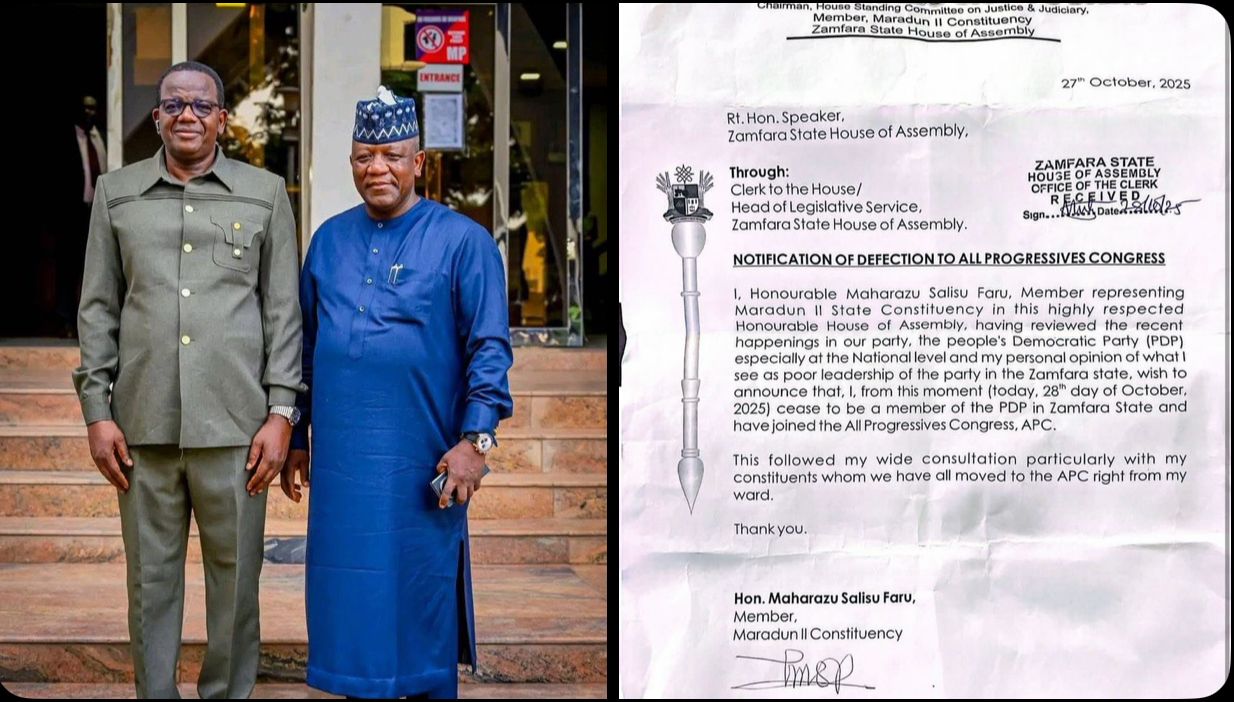Early in 2020, on the same day that a frightening new illness officially got the name Covid-19, a team of scientists from the United States and China released critical data showing how quickly the virus was spreading, and who was dying.
The study was cited in health warnings around the world and appeared to be a model of international collaboration in a moment of crisis.
Within days, though, the researchers quietly withdrew the paper, which was replaced online by a message telling scientists not to cite it. A few observers took note of the peculiar move, but the whole episode quickly faded amid the frenzy of the coronavirus pandemic.
What is now clear is that the study was not removed because of faulty research. Instead, it was withdrawn at the direction of Chinese health officials amid a crackdown on science. That effort kicked up a cloud of dust around the dates of early COVID-19 cases, like those reported in the study.
“It was so hard to get any information out of China,” said one of the authors, Ira Longini, of the University of Florida, who described the back story of the removal publicly for the first time in a recent interview. “There was so much covered up, and so much hidden.”
That the Chinese government muzzled scientists, hindered international investigations and censored online discussion of the pandemic is well documented. But Beijing’s stranglehold on information goes far deeper than even many pandemic researchers are aware of. Its censorship campaign has targeted international journals and scientific databases, shaking the foundations of shared scientific knowledge, a New York Times investigation found.
Under pressure from their government, Chinese scientists have withheld data, withdrawn genetic sequences from public databases and altered crucial details in journal submissions. Western journal editors enabled those efforts by agreeing to those edits or withdrawing papers for murky reasons, a review by The Times of over a dozen retracted papers found.
Groups including the World Health Organization have given credence to muddled data and inaccurate timeline.
This scientific censorship has not universally succeeded: The original version of the February 2020 paper, for example, can still be found online with some digging. But the campaign starved doctors and policymakers of critical information about the virus at the moment the world needed it most. It bred mistrust of science in Europe and the United States, as health officials cited papers from China that were then retracted.
The crackdown continues to breed misinformation today and has hindered efforts to determine the origins of the virus.
Such censorship spilled into public view recently, when an international group of scientists discovered genetic sequence data that Chinese researchers had collected from a Wuhan market in January 2020 but withheld from foreign experts for three years — a delay that global health officials called “inexcusable.”
The sequences showed that raccoon dogs, a fox-like animal, had deposited genetic signatures in the same place that genetic material from the virus was left, a finding consistent with a scenario in which the virus spread to people from illegally traded market animals.
The Chinese Embassy in Washington did not respond to requests for comment. At a news conference this month, scientists from the Chinese Center for Disease Control and Prevention called such criticism“intolerable.”
It is impossible to ascribe a single motive to the crackdown. Beijing controls and shapes information as a matter of course, particularly in moments of crisis. But some of the censorship changed the timeline of early infections, a delicate topic as the government faced criticism over whether it responded to the outbreak quickly enough.
There is no evidence that the censorship is designed to conceal a specific scenario for the origins of the pandemic. Some scientists believe that Covid-19 spread naturally from animals to humans. Others argue that it may have spread from a Chinese laboratory. Both sides have pointed to censored data to support their theories.





